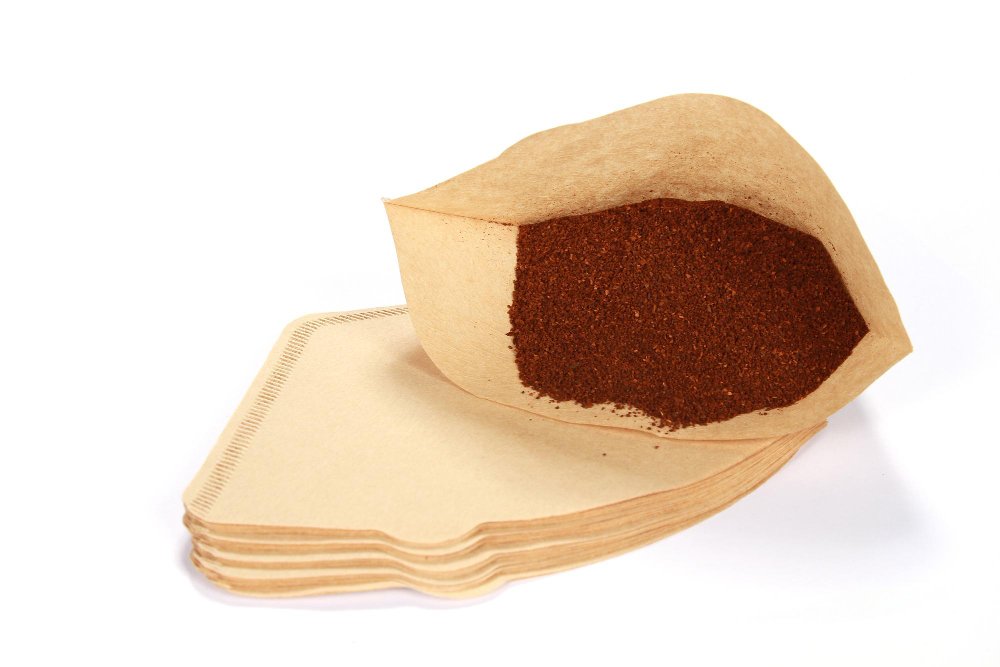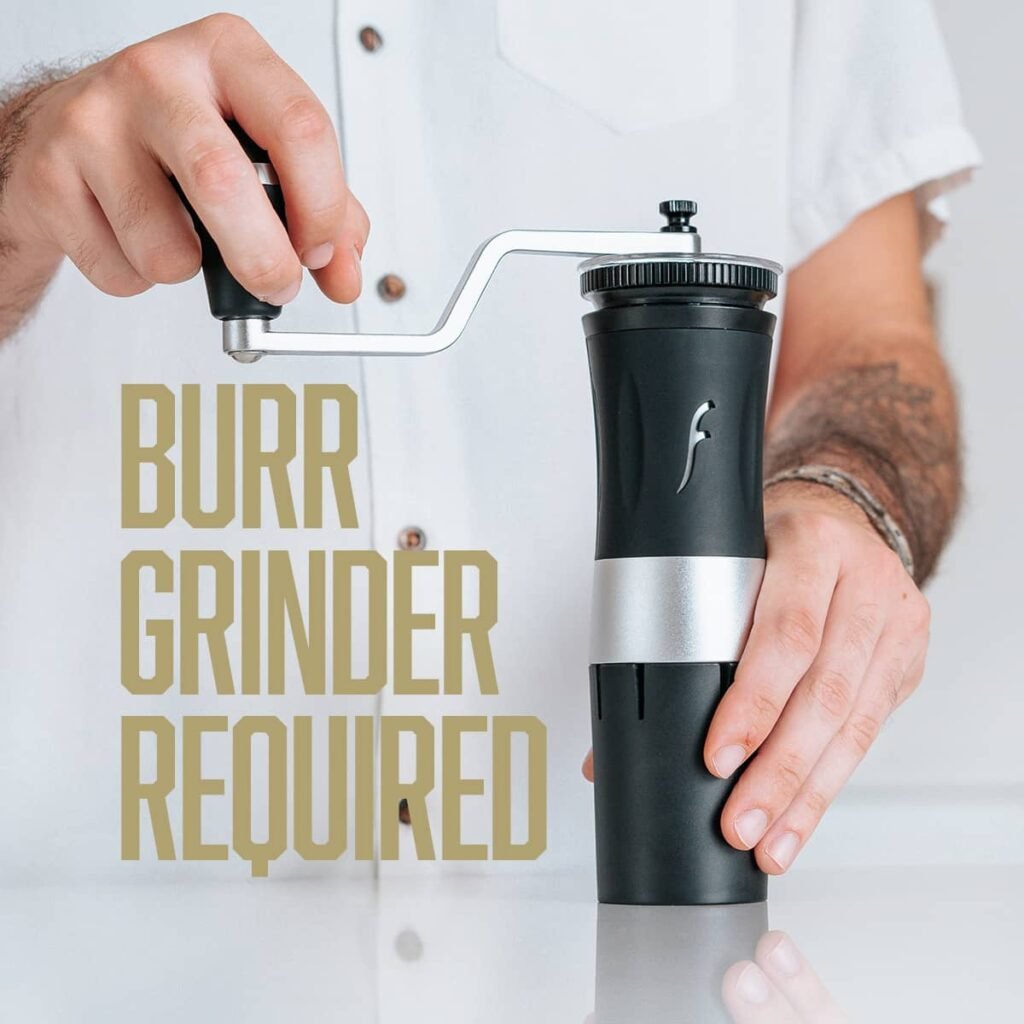Table of Contents
ToggleIntroduction – Importance of Coffee Grind Size
The first time I ground coffee beans, I wondered what the different numbers on the grinder meant. I also wondered why coffee grind size was important at all.
I learned that grind size is super important for brewing an exceptional coffee cup. The texture of the ground coffee beans impacts the extraction rate of flavours from the beans, which further impacts the taste, aroma, and overall body of the coffee.
Why is the coffee grind size important though? The size and evenness of the grind affect how the coffee dissolves in water, which influences the flavour of the final product, the coffee in your mug. Too fine a grind can lead to over-extraction, resulting in bitter tastes, while too coarse a grind can cause under-extraction, leading to sour or acidic notes. Striking the right balance is important to getting your desired flavour profile in your brew.

The Coffee Bean Journey To Grind
Harvesting and Processing
The journey of your coffee begins in the lush coffee farms in areas that provide ideal conditions for growing coffee. The beans start as cherries on coffee plants. Once ripe, these cherries are harvested, with methods ranging from hand-picking to mechanical harvesting.
Post-harvest, the cherries undergo processing to extract the beans. The primary methods include the dry method, where cherries are laid out to dry under the sun, the wet method, involving washing and fermenting to remove the pulp, and the honey method, a hybrid of the two. Each processing method significantly influences the beans setting the stage for the roasting phase.
Roasting Techniques
Roasting transforms green coffee beans into aromatic brown beans ready for brewing. The process involves heating the beans to high temperatures, producing chemical reactions that develop complex flavours. Roasting techniques typically fall into three categories: light, medium, and dark roasts.
- Light Roast: Delicate and fruity, light roasts preserve much of the bean’s original flavours, often highlighting unique regional characteristics.
- Medium Roast: Balanced and versatile, medium roasts offer a harmony of acidity, body, and flavour, suitable for a wide range of brewing methods.
- Dark Roast: Bold and rich, dark roasts feature strong flavours, often with notes of chocolate or caramel, ideal for espresso lovers.
Understanding these roasting levels helps you select beans that align with your flavour preferences and brewing style.
The Science of Grind Size
Blade vs. Burr Grinders
To prepare the beans for brewing, they must be ground to the appropriate size. This is where grinders come into play, and choosing the right one is critical. The main types of grinders are blade grinders and burr grinders.
- Blade Grinders: These are akin to blenders, using a rotating blade to chop the beans. While affordable and easy to find, blade grinders often produce an inconsistent grind size, resulting in uneven extraction and unpredictable flavours.
- Burr Grinders: Burr grinders crush the beans between two abrasive surfaces, offering a more uniform particle size. They come in two types: flat burr grinders and conical burr grinders. Burr grinders are prized for their consistency, which is essential for achieving a balanced extraction and flavour.
Grind Size and Consistency
The grind size is a pivotal variable in brewing coffee. Each brewing method demands a specific grind size. For instance:
- Extra Coarse Grind: Large, distinct chunks of coffee beans, suitable for slow extraction methods like cold brew.
- Coarse Grind: Slightly finer but still large particles, used in French presses and percolators.
- Medium-Coarse Grind: Roughly the texture of coarse sand, perfect for Chemex and clever drippers.
- Medium Grind: Similar to regular sand, ideal for drip coffee makers.
- Medium-Fine Grind: A bit finer than sand, suitable for pour-over methods.
- Fine Grind: Like table salt, used in AeroPress and espresso machines.
- Extra Fine Grind: As fine as powdered sugar, great for Turkish coffee.
Consistency in grind size ensures uniform extraction, preventing over or under-extraction that can ruin the taste. Consistent grinds lead to predictably delightful flavours.

Explore the 15 best grinders here.
Impact of Coffee Grind Size on Brewing
Extraction and Flavor Profile
The grind size directly influences the extraction process – the dissolution of desirable flavours from coffee grounds into water. An optimal grind size ensures balanced extraction. For example:
- French Press: A coarse grind allows the grounds to steep without over-extracting, resulting in a full-bodied, richly flavoured coffee.
- Espresso: A fine grind creates a concentrated, robust shot with crema by forcing hot water through the compacted grounds.
Over-extraction, often resulting from too fine a grind or too long a brewing time, can yield bitter, astringent flavours. Conversely, under-extraction from too coarse a grind or too short a brew time can produce sour, weak coffee.
Different Brewing Methods and Optimal Grind Sizes
Grinding Techniques
- Manual Grinders: Hand-held devices that require physical effort but offer precision and control. They’re often more affordable and portable, making them ideal for travel.
- Electric Grinders: Powered by electricity, these grinders can process larger quantities of beans quickly and consistently. While generally more expensive, they are convenient and suitable for daily use in busy households.
Grind Consistency and Uniformity
Achieving consistency and uniformity in grind size is crucial for balanced extraction. Burr grinders, particularly high-quality models, excel in this regard. Even particle size ensures that water interacts evenly with all coffee grounds, yielding a harmonious extraction and a more flavorful cup.
Storing and Preserving Coffee Grind
Best Practices for Storage
Proper storage of coffee grinds is essential for maintaining freshness and flavour. Best practices involve:
- Airtight Containers: Use airtight containers to prevent exposure to air, which can lead to oxidation and staleness.
- Cool, Dark Place: Store coffee away from light, heat, and humidity.
- Avoid Refrigeration and Freezing: While it may seem logical, the moisture and odour absorption in fridges and freezers can deteriorate coffee quality.
Avoiding Common Mistakes
Avoiding common storage mistakes ensures your coffee grinds remain fresh:
- Don’t Store in the Grinder: Leaving grinds in the grinder exposes them to air, leading to staleness.
- Avoid Clear Containers: Light exposure can degrade coffee quality, so opt for opaque containers.
- Grind Only What You Need: Grinding just the amount needed for immediate use preserves the freshness of the remaining beans.

Conclusion
Understanding and mastering coffee grind size is essential to brewing the perfect cup of coffee. With advances in coffee technology, innovations like smart grinders and precision brewing devices that make it easier for home brewers to achieve consistent, high-quality results will soon be commonplace. As you become more skilled at managing your coffee grind size, you know how to get the perfect grind size for each cup to your preferences, transforming your daily coffee routine into a delightful ritual.
Soon, coffee making at home will be as rich and satisfying as the coffee from your favourite coffee place. Each cup tells a story, and your understanding of grind size will enhance every sip. Enjoy the process, and happy brewing!

esewalter
Mom | Yoga Teacher | Coffee Blogger | Legal Mind. I explore coffee's journey from farm to cup and especially how you can start your home brewing journey.




